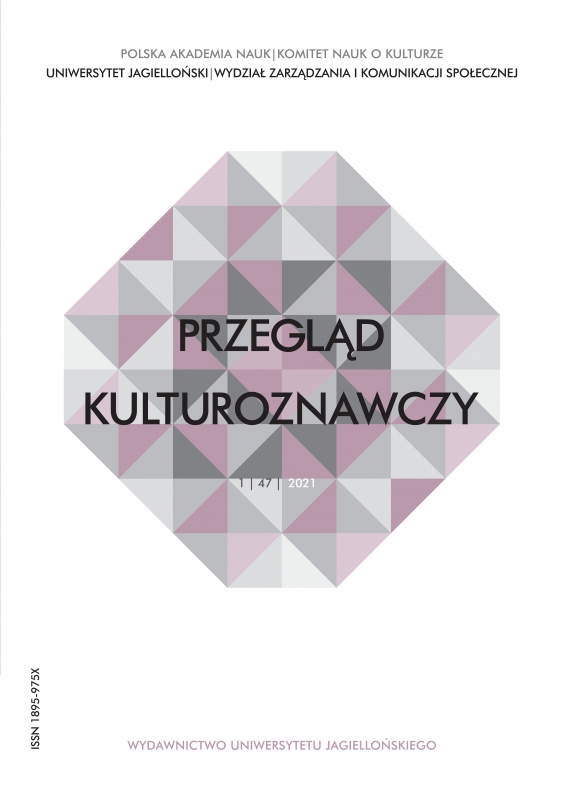Sztuka wobec antropocenu – wybrane strategie artystyczne
Art and the Anthropocene – Selected Artistic Strategies
Author(s): Marta Anna Raczek-KarczSubject(s): Fine Arts / Performing Arts, Sociology of Culture, Sociology of Art
Published by: Wydawnictwo Uniwersytetu Jagiellońskiego
Keywords: Anthropocene; dialectical representation; countervisuality; graphic arts; human geological agency
Summary/Abstract: The article presents an analysis of the artistic projects of three graphic artists who for nearly a decade have been trying to illustrate the causes and effects of the Anthropocene in various ways. Each of the authors in question uses a separate language of forms and different artistic tools, but their common goal is to establish, as Angelos Koutsourakis excellently put it, “dialectical representation of the Anthropocene” based on “self-reflexive representational tropes”. This self-reflexivity is not about constantly reminding that what is in front of the viewer’s eyes and what he/she experiences when entering the space of the installation is an artistic construction, but to sensitize him/her to the fact that what he/she looks at and participates in – both through form and the content – is a way of representing the causes that produce specific effects and the effects behind which specific processes lie. In the case of Sean Caulfield, it is about making the viewer aware of the cumulative effect of individual actions, which, when depicted in the form of a gradually destroyed installation, direct attention to individual acts causing global changes. On the other hand, Angela Snieder sensitizes the viewer to the influence that the historical conditions shaping the production processes influenced the way people perceive nature. The artist uses the visual attractiveness of the dioramas to blur the border between what is natural and what is industrial, ultimately confronting the viewer with the artificiality of the created reality. While Ellen Karin Maehlum raises the problem of connection between histories often treated separately: human and natural. The organisms shown by her are creations in which natural factors and those resulting from human influence on the environment combine with each other. Recognizing this fact allows us to consider natural and human history as interconnected vessels and realms that interact with each other. The article analyzes the strategies used by these artists to establish an engaging dialogue between them and the viewers, which may result in awakening the viewers’ awareness of the complex causes and effects of the Anthropocene.
Journal: Przegląd Kulturoznawczy
- Issue Year: 47/2021
- Issue No: 1
- Page Range: 98-114
- Page Count: 17
- Language: Polish

